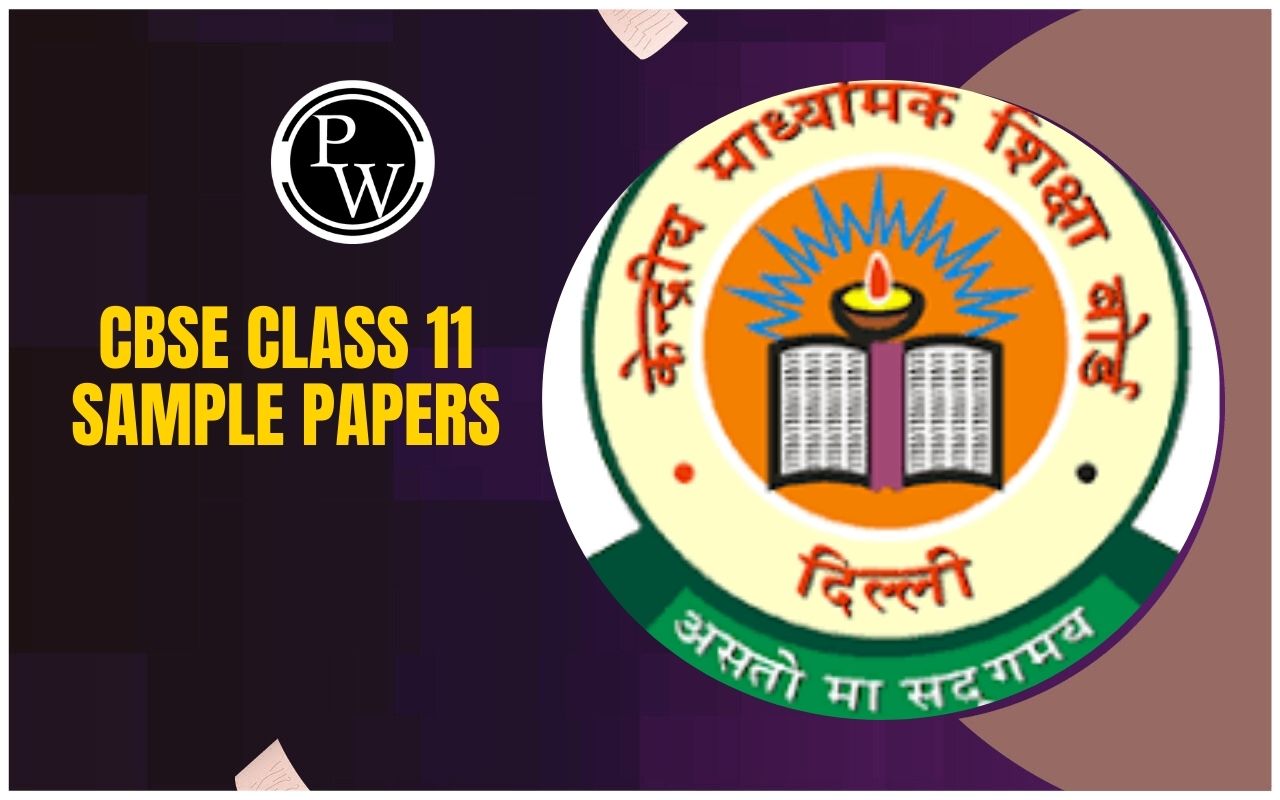

Critical Velocity Formula: Critical Velocity is a crucial concept in fluid dynamics that describes the minimum velocity at which a fluid can flow through a conduit or pipe without experiencing turbulence or separation. This phenomenon is particularly important in various engineering and industrial applications, as it helps in determining the stable flow of fluids.
The Formula for Critical Velocity
Critical Velocity Formula (Vc) is derived from the principles of fluid dynamics. It is calculated using the following equation:
Vc = (Reynolds Number) x (Viscosity of Fluid/Density of Fluid) x (1/Diameter of the Pipe)
Where:
Reynolds Number (Re) is a dimensionless number that characterizes the flow regime of the fluid.
Viscosity of Fluid is the measure of a fluid's resistance to flow.
Density of Fluid is the mass per unit volume of the fluid.
Diameter of the Pipe refers to the inside diameter of the conduit through which the fluid is flowing.
Reynolds Number in Critical Velocity Formula
The Reynolds Number (Re) is a dimensionless parameter used to predict the flow regime of a fluid. It is calculated as:
Re = (Density of Fluid x Velocity x Diameter of the Pipe) / Viscosity of Fluid
The Reynolds Number helps in determining whether the fluid flow is laminar, turbulent, or in the transition zone between the two.
Dimensions Of Critical Velocity Formula
Critical Velocity (Vc): Critical Velocity is measured in meters per second (m/s).
Reynolds Number (Re): Reynolds Number is a dimensionless parameter; it has no units.
Viscosity of Fluid (η): Viscosity of Fluid is measured in Pascal-seconds (Pa·s).
Density of Fluid (ρ): Density of Fluid is measured in kilograms per cubic meter (kg/m³).
Diameter of the Pipe (D): Diameter of the Pipe is measured in meters (m).
These dimensions should help you understand the units of each parameter involved in Critical Velocity calculations. If you have any more questions or need further clarification, please let me know.
Also Check – Thermodynamics Formula
Types of Critical Velocity
Critical Velocity Formula: Critical velocity can be categorized into different types based on the context in which it is used. Here are some common types of critical velocity:
1 . Laminar Critical Velocity: Laminar critical velocity refers to the minimum velocity at which a fluid transitions from a laminar flow regime to a turbulent flow regime. It is the velocity at which the flow becomes unstable and starts exhibiting turbulent behavior.
2. Turbulent Critical Velocity: Turbulent critical velocity is the velocity at which a fluid flow transitions from a turbulent flow regime to a laminar flow regime. It represents the point at which turbulence subsides, and the flow becomes more ordered and predictable.
3. Critical Velocity in Pipe Flow: In the context of fluid flowing through pipes or conduits, critical velocity refers to the minimum velocity required to maintain a continuous and stable flow without the risk of blockage or separation of the fluid from the pipe walls.
4. Critical Velocity in Aircraft Design: Critical velocity can also be used in aircraft design, where it represents the minimum speed required for an aircraft to maintain stable flight without stalling. This type of critical velocity is crucial for ensuring safe and efficient aviation.
5. Critical Velocity in Rocketry: In rocket science, critical velocity can refer to the minimum velocity required for a rocket to overcome gravitational forces and reach a stable orbit around a celestial body, such as Earth or another planet.
6. Critical Velocity in Fluidization: In fluidized bed reactors and processes, critical velocity is the velocity at which solid particles in a fluidized bed start behaving like a fluid. It is an essential parameter for optimizing processes in industries like chemical engineering.
7. Sonic Critical Velocity: Sonic critical velocity, also known as the speed of sound, represents the velocity at which the flow of a compressible fluid (such as air or gas) reaches the speed of sound. Beyond this point, the behavior of the fluid becomes influenced by compressibility effects.
These are some of the common types of critical velocity, each relevant to specific fields and applications. Understanding the appropriate type of critical velocity for a given situation is essential for making informed engineering and design decisions.
Also Check – Unit, Dimension & Vector Formula
Solved Examples
Example 1:
Fluid: Water
Viscosity of Water (η): 0.001 Pa·s
Density of Water (ρ): 1000 kg/m³
Diameter of the Pipe (D): 0.1 m
Using the formula for Critical Velocity:
Vc = (Re) x (η/ρ) x (1/D)
Assuming the flow is laminar, with a Reynolds Number (Re) of 2000, we can calculate:
Vc = (2000) x (0.001/1000) x (1/0.1) = 0.02 m/s
In this case, the Critical Velocity for water flowing through a pipe with the given parameters is 0.02 m/s.
Example 2:
Fluid: Air
Viscosity of Air (η): 0.000018 Pa·s
Density of Air (ρ): 1.225 kg/m³
Diameter of the Pipe (D): 0.2 m
Using the formula for Critical Velocity:
Vc = (Re) x (η/ρ) x (1/D)
Assuming the flow is in the transition zone between laminar and turbulent with a Reynolds Number (Re) of 2500, we can calculate:
Vc = (2500) x (0.000018/1.225) x (1/0.2) = 0.0022 m/s
In this case, the Critical Velocity for air flowing through a pipe with the given parameters is approximately 0.0022 m/s.
Also Check – Transfer of Heat Formula
Example 3:
Fluid: Oil
Viscosity of Oil (η): 0.1 Pa·s
Density of Oil (ρ): 850 kg/m³
Diameter of the Pipe (D): 0.05 m
Using the formula for Critical Velocity
Vc = (Re) x (η/ρ) x (1/D)
Assuming the flow is turbulent with a Reynolds Number (Re) of 5000, we can calculate:
Vc = (5000) x (0.1/850) x (1/0.05) = 0.1176 m/s
In this case, the Critical Velocity for oil flowing through a pipe with the given parameters is approximately 0.1176 m/s.
These examples demonstrate how to calculate Critical Velocity for different fluids and pipe diameters, taking into account the Reynolds
Critical Velocity Formula FAQs
What is the significance of Critical Velocity in fluid dynamics?
How does the Reynolds Number affect Critical Velocity?
Can Critical Velocity be altered by changing the pipe diameter?
Is Critical Velocity the same for all fluids?
Can Critical Velocity be reduced by altering the fluid's viscosity?











